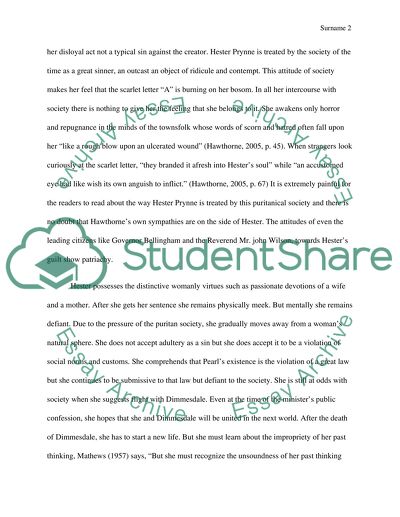Cite this document
(“A Characteristics Analysis of Scarlett Letter Defying on Major Essay”, n.d.)
Retrieved from https://studentshare.org/english/1438810-the-scarlet-letter
Retrieved from https://studentshare.org/english/1438810-the-scarlet-letter
(A Characteristics Analysis of Scarlett Letter Defying on Major Essay)
https://studentshare.org/english/1438810-the-scarlet-letter.
https://studentshare.org/english/1438810-the-scarlet-letter.
“A Characteristics Analysis of Scarlett Letter Defying on Major Essay”, n.d. https://studentshare.org/english/1438810-the-scarlet-letter.


